
Fragile! Handle with Care: How to Pack and Shipping Fragile Items
When packing and shipping fragile items, proper preparation is critical. Whether you are moving, shipping, or simply handling delicate items, it is essential to take the necessary steps to protect them from damage. This article will provide tips and techniques for packing and shipping fragile items, highlighting the use of packaging tape, kraft paper, cardboard boxes, labels, and other essential tools.

- Step 1: Gather Your Materials
Before you begin packing your fragile items, it is essential to gather the necessary materials. This will help ensure you have everything you need and can shrink your items efficiently and effectively. Some of the basic materials you will need include:
- Packaging tape: Packaging tape is a strong and durable adhesive explicitly designed for packing and shipping. It is ideal for securing boxes and protecting the contents from damage.
- Kraft paper: Kraft paper is a sturdy, corrugated paper that is ideal for wrapping and cushioning fragile items. It is strong enough to provide protection and soft enough not to damage the items.
- Cardboard boxes: Cardboard boxes are the most common packaging for shipping and moving. They provide a sturdy and secure container for your fragile items and are available in various sizes to accommodate different things.
- Labels: Labels are an essential part of the packing process, as they help identify the box's contents and provide important information, such as the destination and handling instructions.
In addition to these materials, you may also need other items, such as bubble wrap, foam padding, and cushioning materials, depending on the things you are packing and the level of protection they require.

- Step 2: Prepare Your Items
Before packing your fragile items, it is essential to prepare them properly. This will help to ensure that they are protected and secure during transport. Some steps you can take to prepare your items include:
- Cleaning: If your fragile items are dirty or dusty, it is essential to clean them before packing. Use a soft, damp cloth to gently wipe down the surfaces, removing any dirt, dust, or debris.
- Wrapping: Wrapping your fragile items in kraft paper or other cushioning materials will help to protect them from damage. Start by wrapping the item in a layer of kraft paper, covering all surfaces and leaving no gaps. If you use bubble wrap or foam padding, wrap the item in these materials, covering all surfaces and filling any gaps. If it is a closed envelope, it is even more important to wrap your item.
- Securing: Once your item is wrapped, it is essential to secure it. Use packaging tape to hold the wrapping in place, being careful not to apply too much pressure or damage the item. You can also use foam padding, bubble wrap, or other cushioning materials to fill gaps and prevent the thing from shifting or moving during transport.

Once your fragile items are prepared, it is time to pack them in a cardboard box. Start by placing a layer of cushioning material, such as bubble wrap or foam padding, at the bottom of the box. This will provide an extra layer of protection and help to prevent the items from shifting or moving during transport.
Next, carefully place your fragile items in the box, arranging them to prevent them from shifting or bumping into each other. Use additional cushioning materials, such as foam padding or bubble wrap, to fill gaps and prevent the items from moving.
Once all of your items are securely packed in the box, it is essential to seal the package correctly. Use packaging tape to fill the top and bottom of the box, making sure to apply the tape evenly and avoid creating any gaps. Use additional tape to reinforce the corners and edges of the box, as these areas are most likely to be damaged during transport.
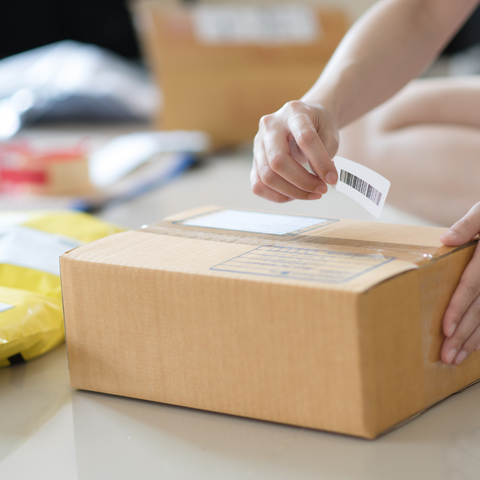
- Step 4: Label Your Box
Once your box is packed and sealed, it is essential to label it appropriately. This will help identify the box's contents and provide important information, such as the destination and handling instructions. Some critical information to include on your label comprises:
- The recipient's name and address
- The sender's name and address
- The contents of the box, including a detailed list of the items inside
- Handling instructions, such as "fragile," "this side up," or "do not stack."
- Any special instructions, such as "keep refrigerated" or "handle with care."
It is also essential to use the correct type of label for your box. For most purposes, a standard adhesive label will be good enough. Still, you may need to use a waterproof or temperature-sensitive label if your items are sensitive to moisture or extreme temperatures. You should also consider if you want to brand it for signaling!
In conclusion, packing and shipping fragile items requires careful preparation and attention to detail. Using suitable materials, such as packaging tape, kraft paper, cardboard boxes, and labels, and following the steps outlined in this article, ensure your fragile items arrive at their destination safely and in good condition.
Product Catalog
-
Original price $1.40 - Original price $308.88Original price $1.40 - Original price $308.88Original price $163.80As low as: $1.40$1.40 - $237.60Current price $1.40
Colored Electrical Tape - Standard Grade - 66 feet | ETC766MS
Designed for professional and general-purpose use, it comes inOSHA-approved colors and is UL/CSA certified for safety...
View full details -
Original price $21.99 - Original price $579.99Original price $21.99 - Original price $579.99Original price $21.99As low as: $11.58$11.58 - $417.53Current price $11.58
Anti Slip Grip Tape - 20 yards | AST32
Key Features 60-Grit Silicone Carbide: Texture provides excellent grip and traction for added slip resistance (s...
View full details -
Original price $3.85 - Original price $627.20Original price $3.85 - Original price $627.20Original price $222.40As low as: $3.85$3.85 - $482.46Current price $3.85
Black PVC Foam Weather Stripping Tape | SSLDFT (Made in USA)
Black PVC Foam Tape Light Compression Our Weather Stripping Tape is a closed-cell foam* with a strong acrylic adhesi...
View full details -
Original price $1.40 - Original price $172.80Original priceAs low as: $1.40$1.40 - $172.80Current price $1.40
5 Mil Vinyl Pinstripe Floor-Marking Tape - 36 yards | VTC365 (1/4" to 6" Wide)
Our WOD VTC365 Colored Vinyl Tape is durable and long-lasting. It's easy to write on and provides excellent protectio...
View full details -
Original price $3.74 - Original price $599.04Original priceAs low as: $3.74$3.74 - $599.04Current price $3.74
Engineering Grade Reflective Tape - 10 yards | RTC7
Engineering Grade Reflective Tape: the go-to solution for both permanent and temporary traffic signage, offering unma...
View full details -
Original price $1.43 - Original price $287.76Original priceAs low as: $1.43$1.43 - $287.76Current price $1.43
Metalized Polyester Mylar Film Tape | MPFT1 (72 yd)
Metalized Tape - Shiny Polyester Mylar Film Tape WOD MPFT1 Metalized Polyester Film Tape features a brilliant, mirror...
View full details -
Original price $14.55 - Original price $223.78Original priceAs low as: $14.55$14.55 - $223.78Current price $14.55
Colored Duct Tape - Industrial Grade - 60FT | DTC10 (2.5" to 6" wide)
INDUSTRIAL GRADE DUCT TAPE Key Features Upgrade to Industrial Strength With DTC10 – Superior Durability, Stronger ...
View full details -
Original price $11.87 - Original price $446.40Original price $11.87 - Original price $446.40Original price $11.87As low as: $4.03$4.03 - $334.62Current price $4.03
Gaffer Tape - Standard Grade - 60 FT | GTC12 (0.5" to 49" wide)
Standard grade gaffer tape designed for professional use: your go-to solution for film productions, theater setups, a...
View full details -
Original price $1.63 - Original price $240.00Original priceAs low as: $1.63$1.63 - $240.00Current price $1.63
Colored Masking Tape - All Purpose | MTC5 (Made in USA)
MTC5 Colored Masking Tape A versatile, high-performance crepe paper tape designed for painting, labeling, arts & ...
View full details -
Original price $4.08 - Original price $409.67Original price $4.08 - Original price $409.67Original price $265.64As low as: $4.08$4.08 - $315.13Current price $4.08
Bi-Directional Filament Tape | BFST47
Bi Directional Filament Tape WOD BFST47 Bi Directional Filament Tape is designed for highly demanding applications su...
View full details

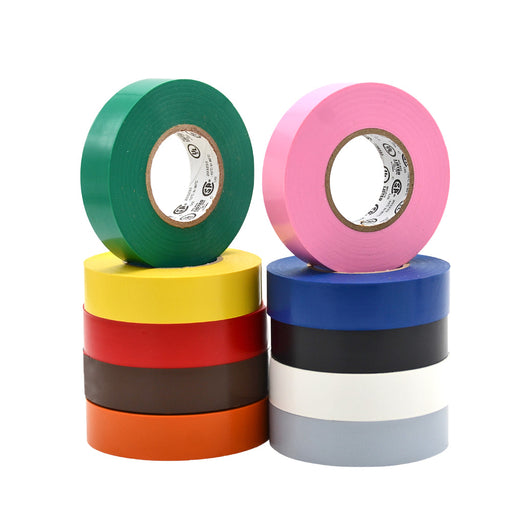
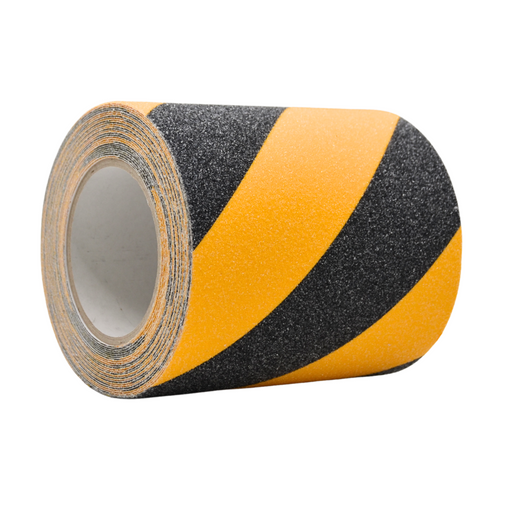
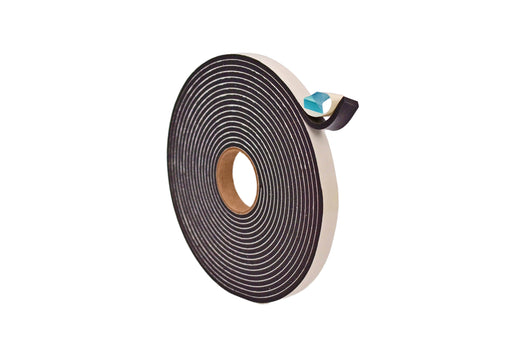
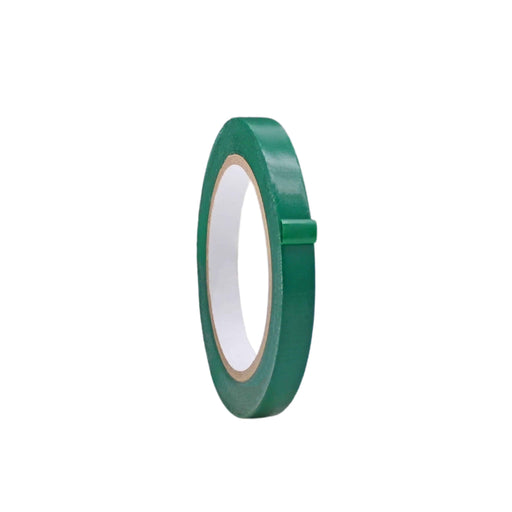
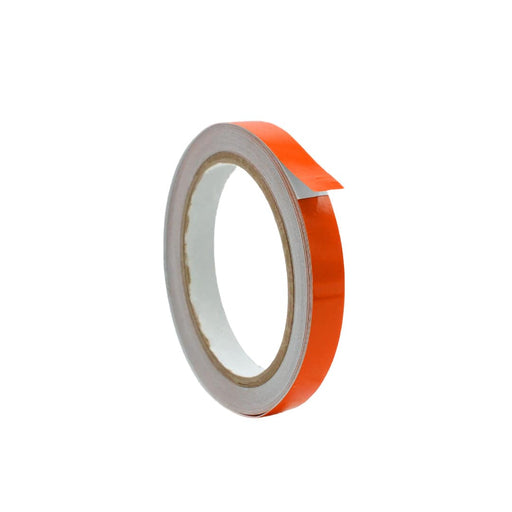
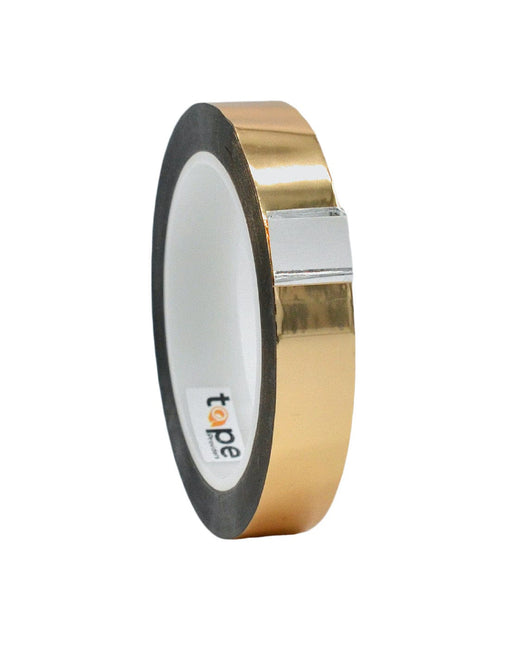

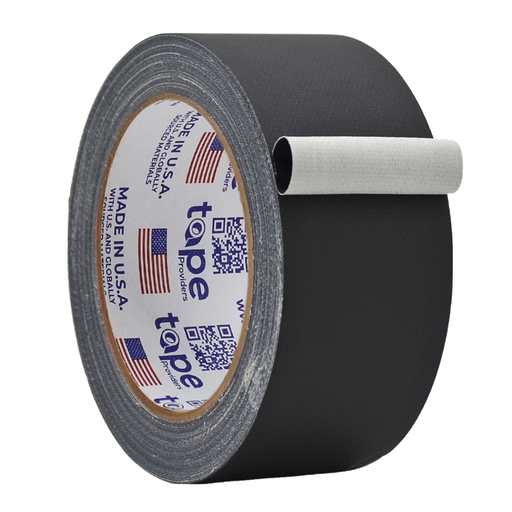
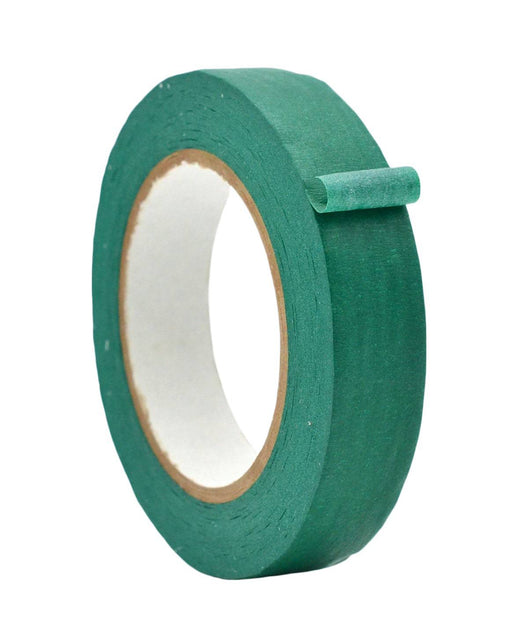
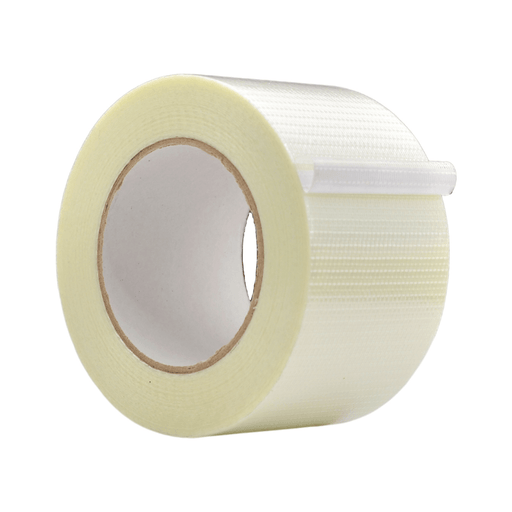
Leave a comment